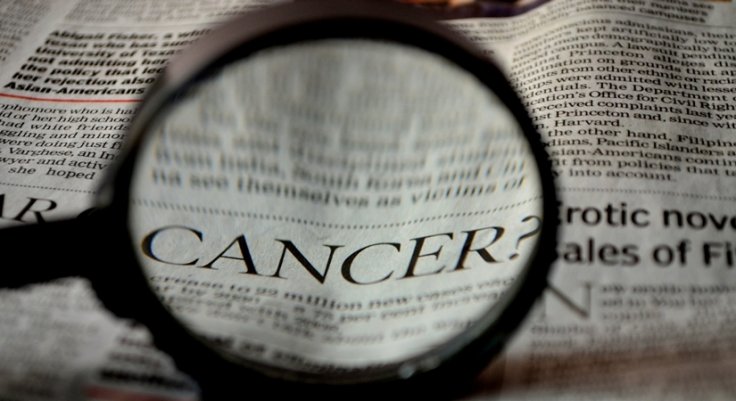In a warning to women living in towns and cities which are flooded with all sorts of artificial outdoor light at night, new research claim that outdoor light at night is linked to a higher risk of breast cancer in postmenopausal women. Previous studies have reported relationships between outdoor light at night and the breast cancer risk but their findings were mixed.
In new research, published in the International Journal of Cancer, the team analysed residential outdoor light at night estimated from satellite imagery in 1996 and assessed rates of breast cancer over 16 years of follow-up in 186,981 postmenopausal women.
Satellite Data Used to Estimate Light

"The small number of studies to investigate this question have often relied on subjective exposure data and yielded inconsistent results," said study senior author Rena Jones from the National Cancer Institute in the US. "We utilized an objective exposure measure--estimated outdoor light at night from satellite data," Jones added.
The research team looked at cases of breast cancer in women over a 16-year period and took other controlling factors into account. Compared with the lowest level of exposure to outdoor light at night, the highest exposure was associated with a 10 percent higher risk of developing breast cancer during follow-up, after controlling for confounding factors.
Other Factors Come to Play

The findings also suggested that the relationship between outdoor light at night and breast cancer risk may differ by individual characteristics, such as smoking, alcohol drinking, sleep duration, and BMI, and neighborhood environment. "In conclusion, our study suggests that higher outdoor light at night exposure may be a risk factor for postmenopausal breast cancer," Jones said.
"It will be important for future studies to accurately measure light at night exposure for individuals using a combination of objective measures, carefully designed questionnaires, and personal measurement devices," Jones noted.









